Filippo Vella
The GECo algorithm for Graph Neural Networks Explanation
Nov 18, 2024Abstract:Graph Neural Networks (GNNs) are powerful models that can manage complex data sources and their interconnection links. One of GNNs' main drawbacks is their lack of interpretability, which limits their application in sensitive fields. In this paper, we introduce a new methodology involving graph communities to address the interpretability of graph classification problems. The proposed method, called GECo, exploits the idea that if a community is a subset of graph nodes densely connected, this property should play a role in graph classification. This is reasonable, especially if we consider the message-passing mechanism, which is the basic mechanism of GNNs. GECo analyzes the contribution to the classification result of the communities in the graph, building a mask that highlights graph-relevant structures. GECo is tested for Graph Convolutional Networks on six artificial and four real-world graph datasets and is compared to the main explainability methods such as PGMExplainer, PGExplainer, GNNExplainer, and SubgraphX using four different metrics. The obtained results outperform the other methods for artificial graph datasets and most real-world datasets.
Creative Robot Dance with Variational Encoder
Jul 05, 2017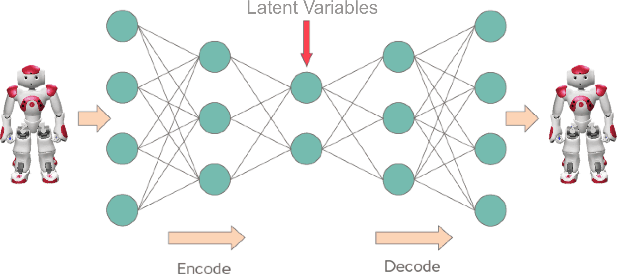
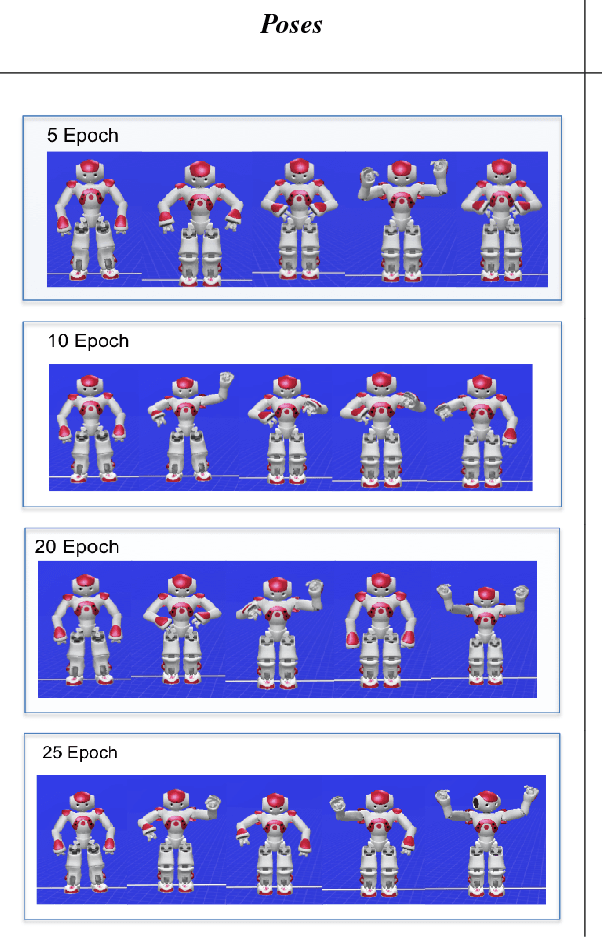
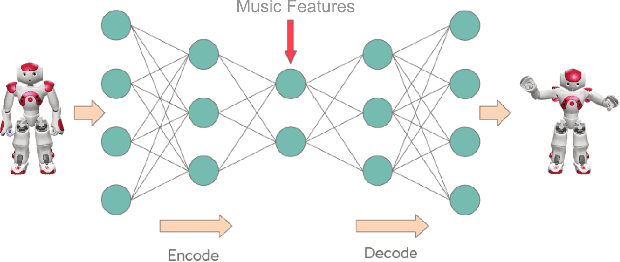

Abstract:What we appreciate in dance is the ability of people to sponta- neously improvise new movements and choreographies, sur- rendering to the music rhythm, being inspired by the cur- rent perceptions and sensations and by previous experiences, deeply stored in their memory. Like other human abilities, this, of course, is challenging to reproduce in an artificial entity such as a robot. Recent generations of anthropomor- phic robots, the so-called humanoids, however, exhibit more and more sophisticated skills and raised the interest in robotic communities to design and experiment systems devoted to automatic dance generation. In this work, we highlight the importance to model a computational creativity behavior in dancing robots to avoid a mere execution of preprogrammed dances. In particular, we exploit a deep learning approach that allows a robot to generate in real time new dancing move- ments according to to the listened music.
Artwork creation by a cognitive architecture integrating computational creativity and dual process approaches
Jan 04, 2016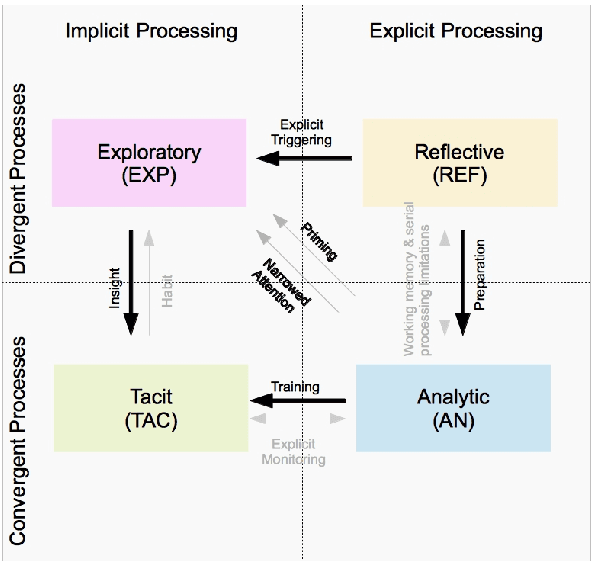
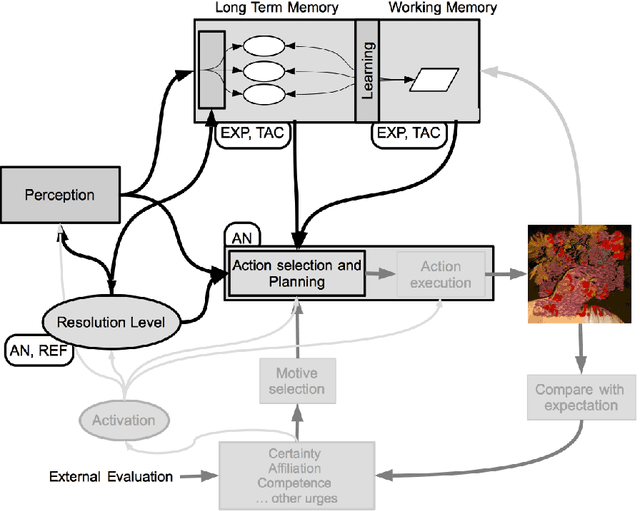
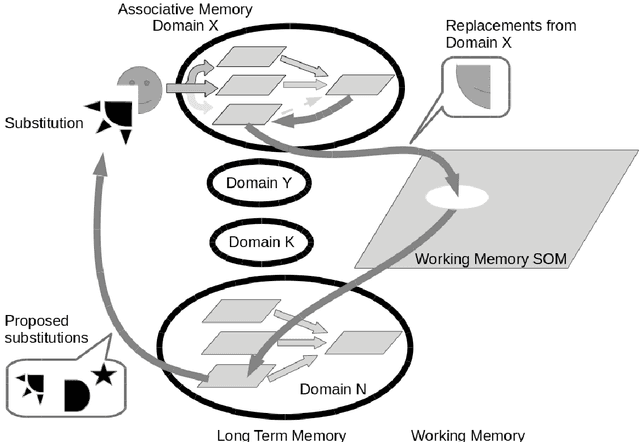

Abstract:The paper proposes a novel cognitive architecture (CA) for computational creativity based on the Psi model and on the mechanisms inspired by dual process theories of reasoning and rationality. In recent years, many cognitive models have focused on dual process theories to better describe and implement complex cognitive skills in artificial agents, but creativity has been approached only at a descriptive level. In previous works we have described various modules of the cognitive architecture that allows a robot to execute creative paintings. By means of dual process theories we refine some relevant mechanisms to obtain artworks, and in particular we explain details about the resolution level of the CA dealing with different strategies of access to the Long Term Memory (LTM) and managing the interaction between S1 and S2 processes of the dual process theory. The creative process involves both divergent and convergent processes in either implicit or explicit manner. This leads to four activities (exploratory, reflective, tacit, and analytic) that, triggered by urges and motivations, generate creative acts. These creative acts exploit both the LTM and the WM in order to make novel substitutions to a perceived image by properly mixing parts of pictures coming from different domains. The paper highlights the role of the interaction between S1 and S2 processes, modulated by the resolution level, which focuses the attention of the creative agent by broadening or narrowing the exploration of novel solutions, or even drawing the solution from a set of already made associations. An example of artificial painter is described in some experimentations by using a robotic platform.
 Add to Chrome
Add to Chrome Add to Firefox
Add to Firefox Add to Edge
Add to Edge